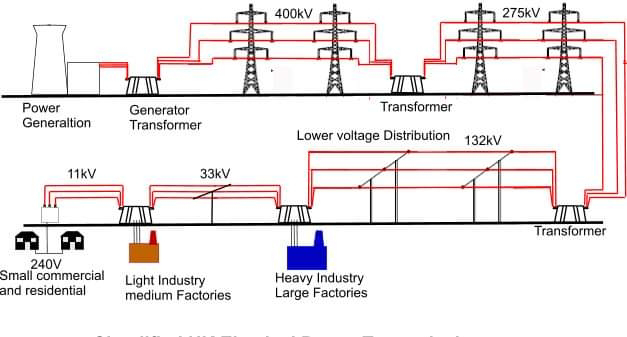Adolescence is a turbulent, dynamic period characterized by new experiences, one of which may be commencing a romantic relationship. While engaging in a relationship is ideally a positive experience that can boost mental health, relationships are major life events that can potentially act as a source of stress. Adolescents can be impacted emotionally and behaviorally, with research suggesting issues such as lowered self-esteem, more mood swings, and more alcohol and substance abuse.
This in turn could have detrimental impacts upon sleep, where adolescents can experience insomnia symptoms, such as struggling to fall asleep, sleeping for shorter time periods, or frequently waking up during the night.
However, previous research investigating the exact relationship between adolescent romantic experiences and sleep has provided mixed results, with some studies suggesting shorter sleep duration, other studies not finding any association between the two factors, and the remaining studies suggesting an improvement to subjective sleep quality.
Additionally, little is known regarding how adolescent age and sex influences this association.
The study team, led by Xianchen Liu from the University of Pennsylvania, aimed to clarify this ambiguity with a focus on Chinese adolescents.
Over the course of one year, 7,072 middle school and high school students were followed. The students began the study in grade 7, 8 or 10, and completed baseline questionnaires about their romantic experiences within the last year, their insomnia symptoms, and their sleep duration at night.
Information was also collected on various factors that could affect romantic relationships and/or sleep, including age, sex, smoking, alcohol use, family socioeconomic status, parents’ marital status, and depressive symptoms.
The same data points were again collected one year later in follow-up surveys.
After adjusting for the variables that impact romantic relationships and/or sleep, Liu and authors discovered that at baseline, there was an increased chance of insomnia symptoms that were associated with starting a relationship (41% increase), ending a relationship (35% increase), or a combination of both (45% increase).
Experiencing both the start and end of a relationship at baseline was associated with a 30% increased chance of short sleep i.e. under seven hours a night.
When re-examining the adolescents one year later, those who had entered into a relationship were found to have a 61% higher chance of new insomnia symptoms, and those who experienced a break-up had a 43% increased chance of developing new insomnia symptoms.
The researchers concluded that “romantic relationships not only have short-term impacts on sleep quality and quantity but also are significant predictors of insomnia symptoms one year later” and that various factors could contribute to this, such as life stress, hormonal changes and psychosocial development.
Additionally, the relationships between romantic involvement and sleep difficulties were discovered to be greater in younger adolescents (under 15 years old), compared to older adolescents (at least 15 years old), and was particularly evident in females.
Psychological, social, and biological development may explain poorer sleep in early adolescence, with the authors suggesting “fast physical growth and sexual development, marked sleep changes, need for more independence and privacy, and immature decision-making and stress management skills” as potential mechanisms. However, more studies are required to unpack the influence of sex in the relationship between romantic experience and sleep, as the current analyses did not provide conclusive support towards the notion that females and males are impacted differently.
Notably, the results must be viewed through the lens of traditional Chinese culture. Involvement in relationships as an adolescent deviates from social norms and thus the stresses of entering or ending a relationship could be exacerbated, and consequently sleep problems could be amplified. The authors noted that further research is required to ascertain how this may differ in Western culture.
There are some caveats to be considered. As the data was reported by the adolescents themselves, results may have been biased. Additionally, the questions may have been interpreted with some liberty, with the authors suggesting that some adolescents may have interpreted experiences of having a crush or unrequited love as meeting the criteria of having ‘entered’ into a romantic relationship. Finally, data was not collected on other important factors that should be considered in romantic relationships, such as the number, duration and quality of relationships, or the rationale behind break-ups.
The study, “Starting a Romantic Relationship, Breakups, and Sleep: A Longitudinal Study of Chinese Adolescents”, was authored by Xianchen Liu, Zhen-Zhen Liu, Yanyun Yang and Cun-Xian Jia.












